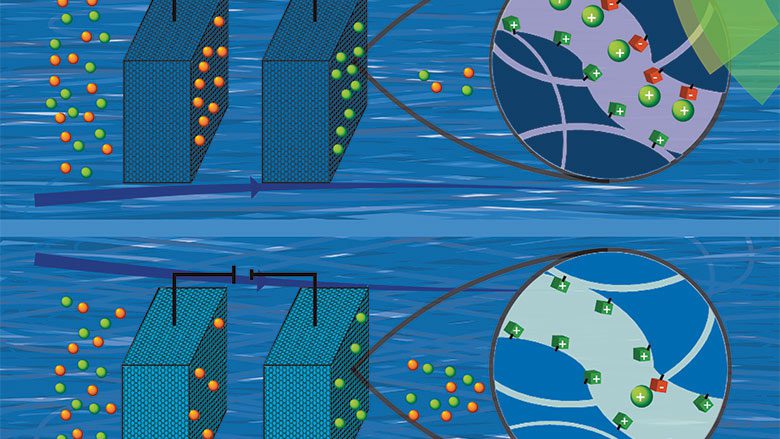Larissa Larsen, associate professor of urban and regional planning and natural resources, has published an article in Environmental Science: Water Research and Technology titled “Guide for using green infrastructure in urban environments for stormwater management.” Green infrastructure uses nature-based solutions to improve urban livability through a reduction in stormwater quantity and improved surface water quality. The paper is a guide for professionals that outlines the various types of green infrastructure using examples from Detroit and Addis Ababa, Ethiopia. An abstract of the article is included.
Guide for using green infrastructure in urban environments for stormwater management
Abstract
Green infrastructure, sometimes referred to as nature-based solutions, promotes urban livability. It reduces stormwater quantity and improves surface water quality while simultaneously providing a multitude of other environmental, economic, and social benefits. However, it can be challenging for designers and decision-makers to select a specific type of green infrastructure system for a particular location in a complex urban water network. This paper is a guide for urban planners, landscape architects, engineers, and local decision-makers in selecting and locating different types of green infrastructure in a city for stormwater management purposes. Maximizing the effectiveness of green infrastructure requires considering the site’s biophysical characteristics and location in the watershed, the connectivity of the existing urban water system, and the probable pollutants from the site and adjacent areas. Our recommendations are based on previously published studies and we synthesize these in tabular format to highlight differences. Then, we illustrate the sequence of decisions and evaluate our eventual site level recommendations with pre and post-SWMM runoff simulations in Detroit, Michigan and Addis Ababa, Ethiopia. Our two cases address different stormwater challenges. In Detroit, the most pressing stormwater goal is to reduce combined sewer overflow events that degrade water quality. In Addis Ababa, stormwater management must address seasonal flooding and poor river quality caused by discharging large volumes of untreated stormwater. Through this stormwater guide, we highlight key decisions at the watershed, urban water system, and site-specific scale.





